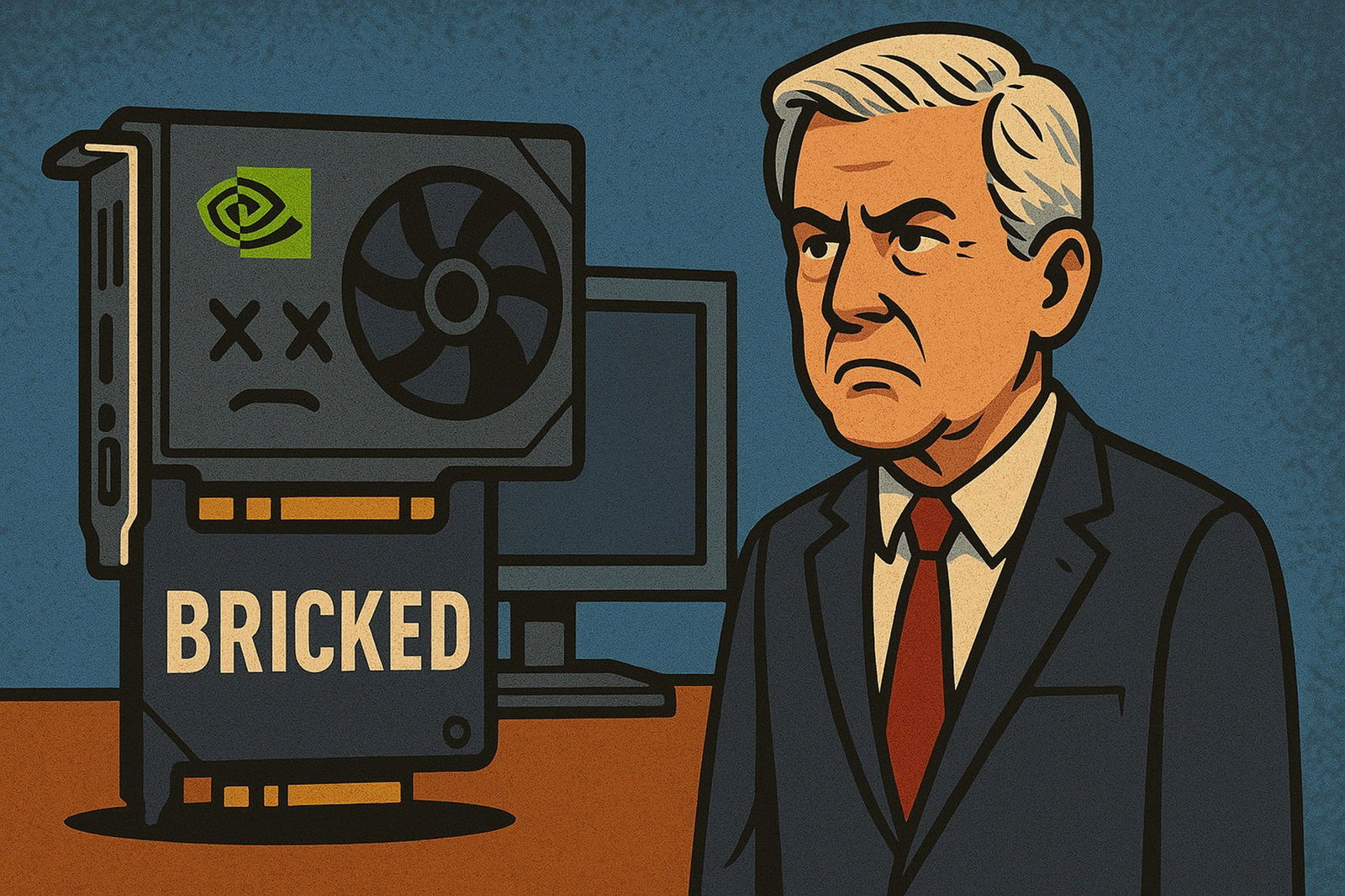
Creare un allineamento fino a otto hard disk può essere facile. Abbiamo utilizzato sette drive Seagate NL35 e un Barracuda 7200.8 a 400 GB ciascuno; il Barracuda è lo stesso tipo di drive, ma difetta della garanzia sulle operazioni 24/7.

Configurazione di Prova
| Sistema Hardware | |
| Processore | 2x Intel Xeon Processor (Nocona core) 3.6 GHz, FSB800, 1 MB L2 Cache |
| Piattaforma | Asus NCL-DS (Socket 604) Intel E7520 Chipset, BIOS 1005 |
| RAM | Corsair CM72DD512AR-400 (DDR2-400 ECC, registered) 2x 512 MB, CL3-3-3-10 Timings |
| Hard Drive di Sistema | Western Digital Caviar WD1200JB 120 GB, 7,200 RPM, 8 MB Cache, UltraATA/100 |
| Controller archiviazione di massa | Intel 82801EB UltraATA/100 Controller (ICH5) Silicon Image Sil3124, PCI-X |
| Rete | Broadcom BCM5721 On-Board Gigabit Ethernet NIC |
| Scheda Grafica | On-Board Graphics ATI RageXL, 8 MB |
| Sistema Hardware | |
| Misurazione Prestazioni | c't h2benchw 3.6 |
| Prestazioni I/O | IOMeter 2003.05.10 Fileserver-Benchmark Webserver-Benchmark Database-Benchmark Workstation-Benchmark |
| Sistema Software & Driver | |
| Sistema Operativo | Microsoft Windows Server 2003 Enterprise Edition, Service Pack 1 |
| Driver Piattaforma | Intel Chipset Installation Utility 7.0.0.1025 |
| Driver Grafici | Default Windows Graphics Driver |


